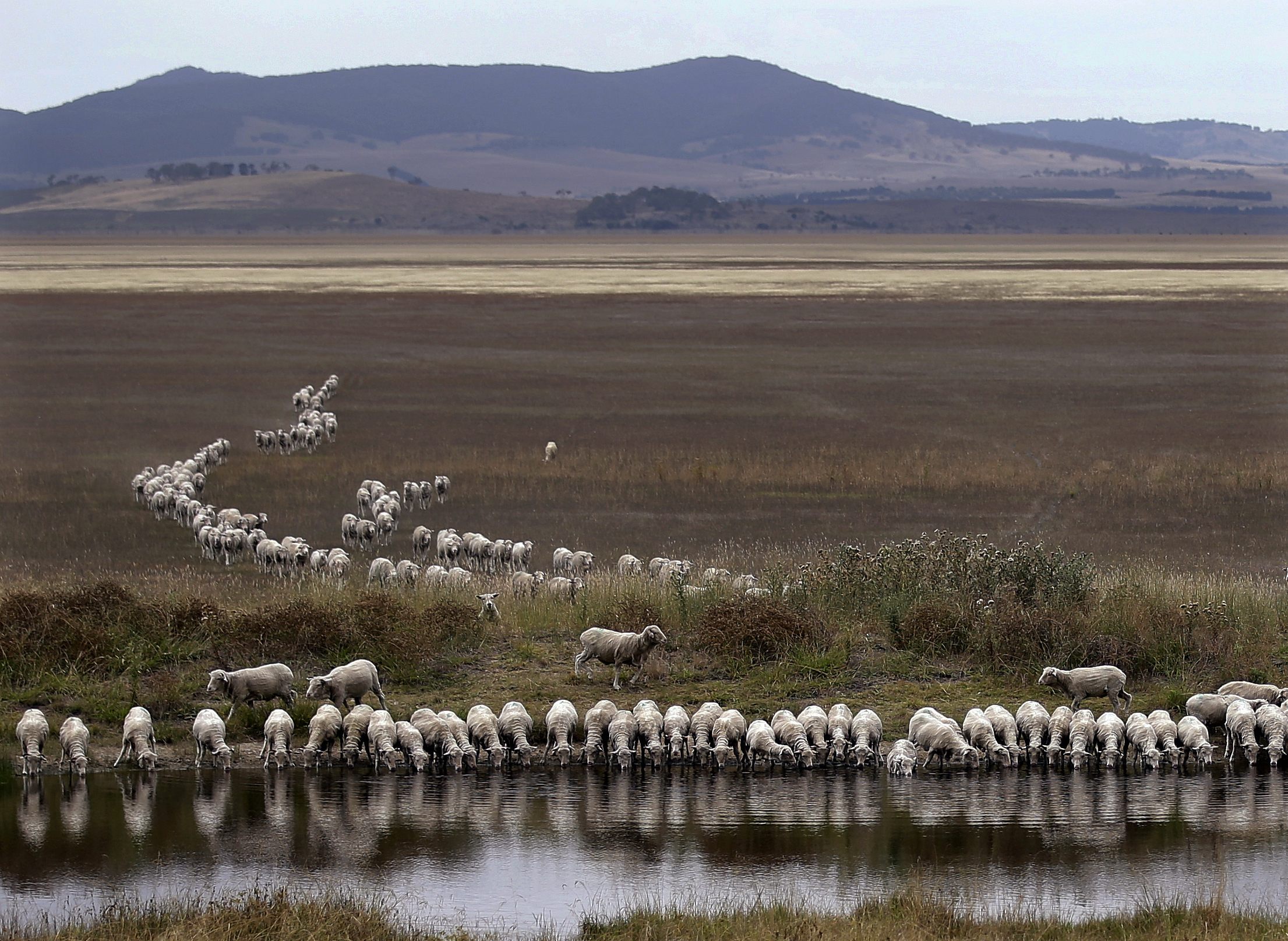NASA’s Jet Propulsion Lab has released new research revealing that huge swaths of the Central Valley are sinking at the rate of up to two inches per month due to accelerating groundwater pumping in the fourth year of the California drought.
In a report sponsored by the Department of Water Resources and titled “Progress Report: Subsidence in the Central Valley, California,” the Jet Propulsion Lab analyzed time series satellite data from Japan’s PALSAR and Canada’s Radarsat-2 geosynchronous satellites to produce subsidence maps. High-resolution InSAR data were also acquired along the California Aqueduct by NASA’s Uninhabited Aerial Vehicle Synthetic Aperture Radar to identify and quantify new, highly localized areas of accelerated subsidence along the aqueduct.
Department of Water Resources Director Mark Cowin commented on the findings: “Because of increased pumping, groundwater levels are reaching record lows–up to 100 feet (30 meters) lower than previous records.” He added, “As extensive groundwater pumping continues, the land is sinking more rapidly and this puts nearby infrastructure at greater risk of costly damage.”
Sinking land has occurred for decades in the Central Valley during the state’s cyclical droughts, but this year has been especially severe due to the well depths being drilled in the fourth year of drought. Corcoran, in the Tulare basin, sank 13 inches during an eight-month period, and a section near the California Aqueduct sank 8 inches in just four months last year.
The JPL data heightens concerns that with some ground sinking by nearly two inches per month, California roads, bridges and canals are at growing risk of damage.
Governor Jerry Brown signed legislation last year that requires monitoring of all groundwater pumping for the first time in state history. Local officials have until 2020 in some high impact areas, and 2022 across the state, to present written groundwater pumping management plans. Given the highly litigious nature of water rights in California, it might take another decade to resolve issues. But state groundwater management will eventually come under direct state jurisdiction.
The Department of Water Resources is also preparing a $10 million grant program to help financially stressed rural counties develop or strengthen local ordinances and conservation plans for groundwater basins.
Breitbart News reported last month that the type of soil subsidence damage to homes and infrastructure from heavy groundwater pumping in the Central Valley is expected to reach the heavily populated Bay Area and L.A. Basin in late summer.
Although many conservatives joke that they hope an earthquake causes the “Left Coast” to break-off and fall into the Pacific Ocean, California’s biggest property damage risk is actually from expansive soil due to the underground layer of permeable clay soil that runs the length of the state’s coast and inward about 100 miles. California soil subsidence causes more home damage than earthquakes, floods and wind storms combined.
